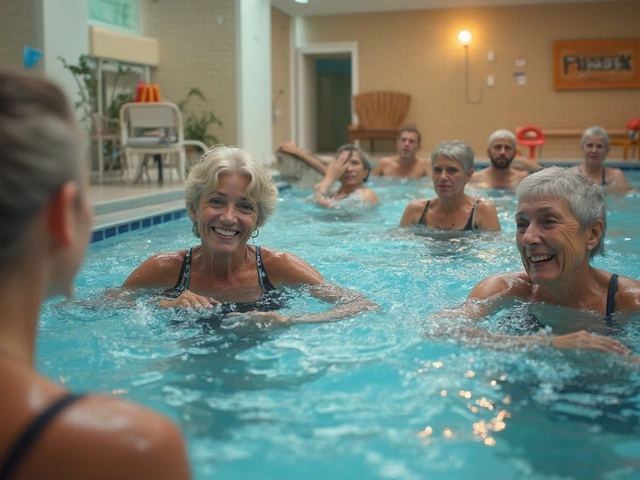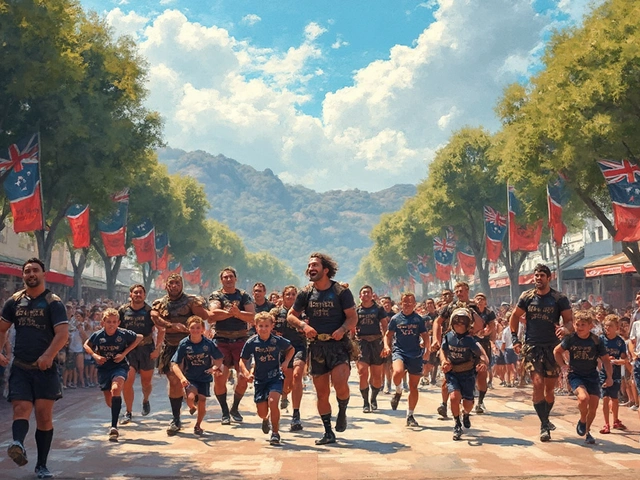Religious Demographics Brazil
When you think about religious demographics Brazil, the distribution of faiths among Brazil’s population, shaped by history, migration, and social change. Also known as Brazilian religious composition, it reflects a nation where faith isn’t just personal—it’s woven into festivals, family life, and even how people approach sports and fitness. Brazil has the largest Catholic population in the world, with over 50% of its 215 million people identifying as Catholic. But that number has been dropping for decades. In the 1970s, nearly 90% of Brazilians were Catholic. Today, it’s closer to 50%, and the gap is being filled by Protestants, especially Evangelicals, whose numbers have more than tripled since 1980.
Why does this shift matter? Because religion in Brazil doesn’t stay in churches. It shows up in community centers, local gyms, and even sports clubs. Many running groups and fitness programs in São Paulo or Belo Horizonte are organized through churches. You’ll find Sunday morning 5Ks sponsored by Evangelical congregations. Boxing academies in Rio’s favelas often partner with Pentecostal pastors. Even in professional sports, athletes openly credit their faith for discipline, recovery, and mental strength. The rise of Protestantism brought a new emphasis on personal responsibility, hard work, and self-control—values that align tightly with training routines and endurance sports.
Then there’s the growing group: those who say they believe in God but don’t follow any organized religion. Or the ones who blend Catholic rituals with Afro-Brazilian traditions like Candomblé and Umbanda. These spiritual blends are especially strong in Bahia and Minas Gerais, and they influence how people move, rest, and heal. You’ll see yoga mixed with prayer, or massage therapy paired with spiritual cleansing rituals. This isn’t just tradition—it’s a living, evolving system of wellness that’s as real as any gym program.
What you’ll find in the posts below isn’t a list of church attendance stats. It’s how faith shapes movement. How belief affects recovery. How community centers built around religion become unexpected hubs for training, endurance, and resilience. Whether it’s a marathon runner thanking God before the start line, or a middle-aged man finding strength in a local chapel’s fitness group, religion in Brazil isn’t separate from sport—it’s part of the rhythm that keeps people moving.
Brazil Religion: Is Brazil Mostly Catholic or Protestant?
Explore Brazil's religion: Is it more Catholic or Protestant? Dive into stats, history, culture, and what real life looks like for faith in Brazil.





